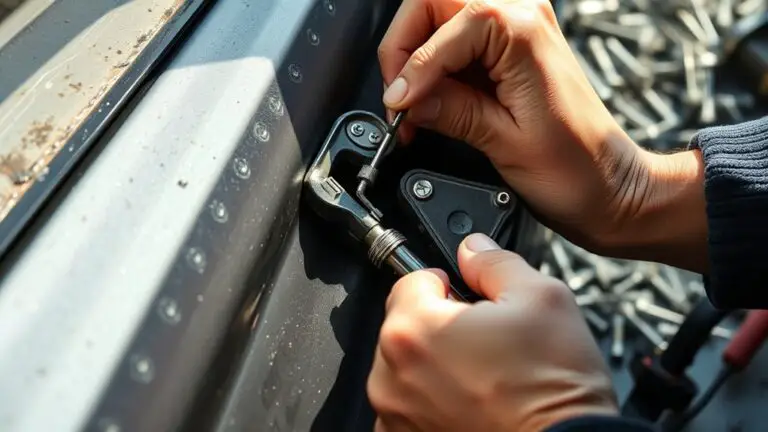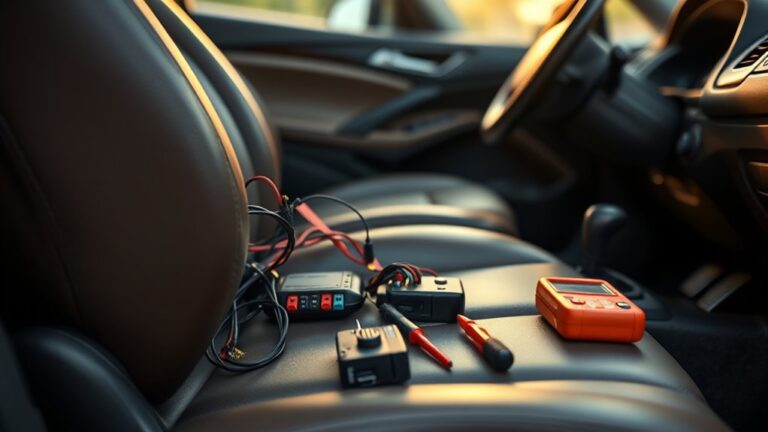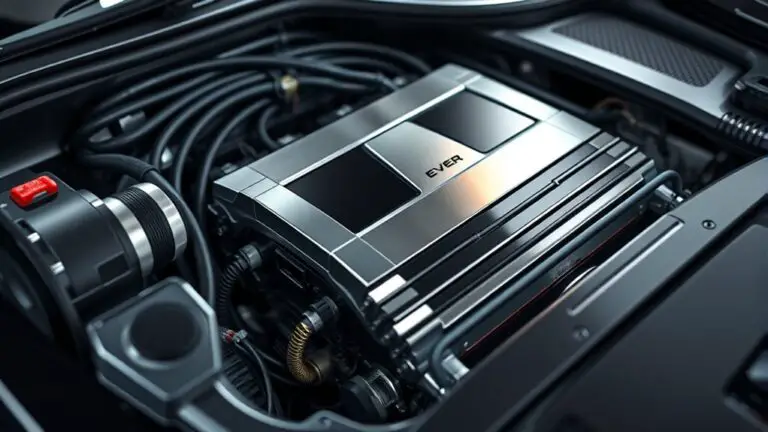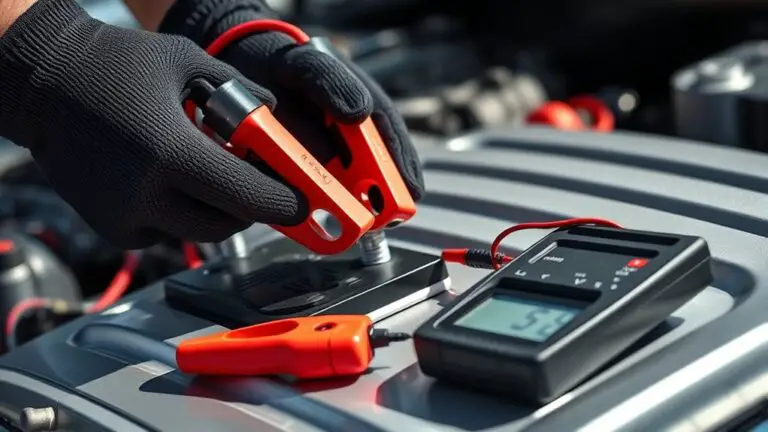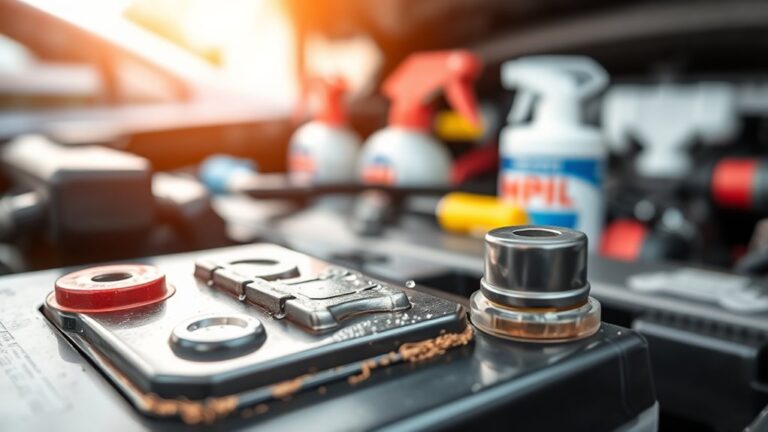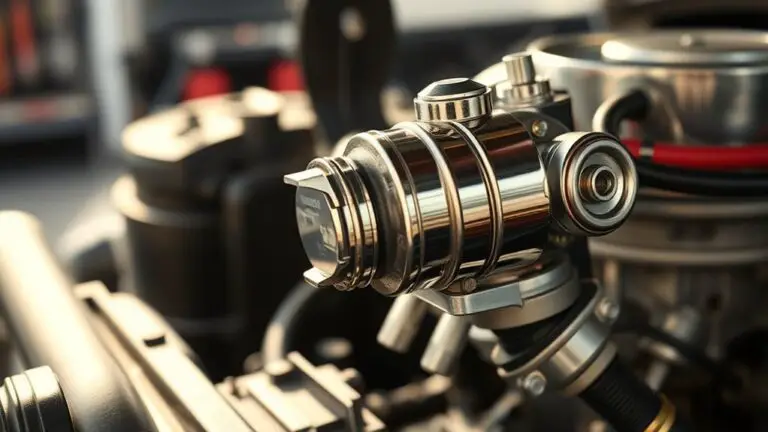Upgrading Old Interior Light to Improve Reliability and Reduce Rattles From Dash
Upgrading your old interior light improves reliability and cuts dash rattles by choosing a compatible LED replacement with proper mounting. Start by evaluating where you need brightness, then pick a unit sized for your dash and a color temp that fits without glare. Plan the install, disconnect power, label wires, and secure the new housing…






